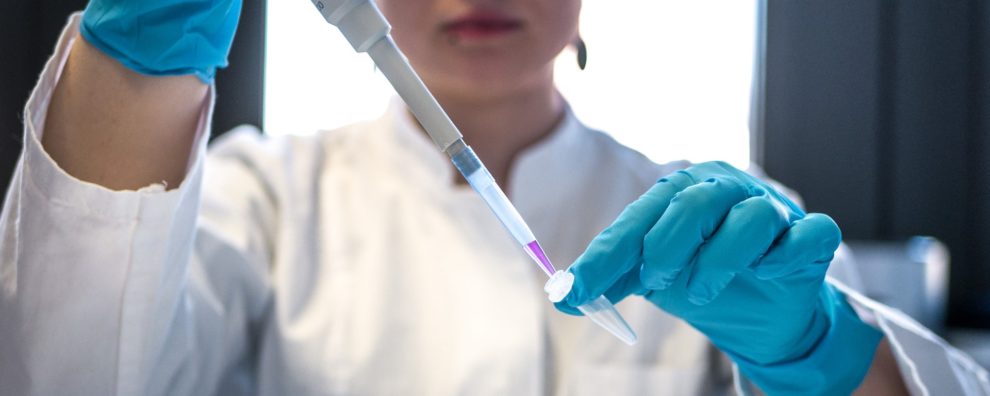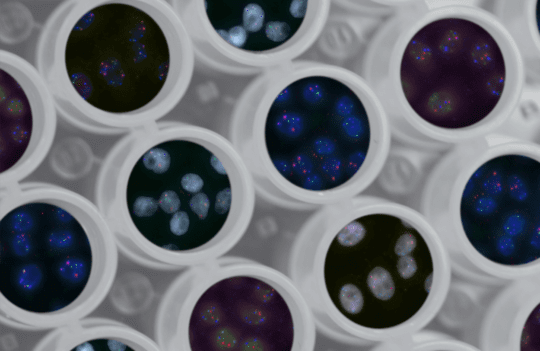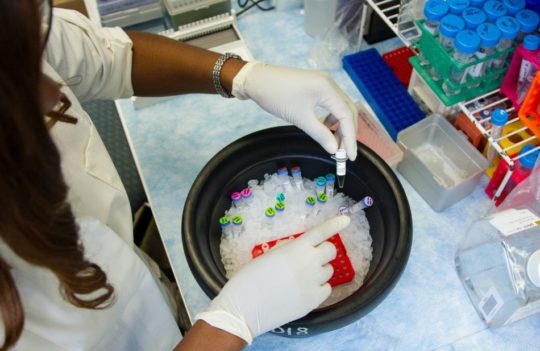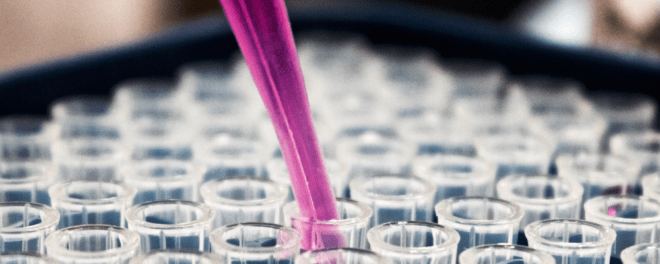 Protein production
Protein production
What are the advantages of using a transient CHO system over HEK293?
Chinese Hamster Ovary (CHO) and Human Embryonic Kidney (HEK) systems are the major cell lines used in transient and high-yield protein production. Historically, HEK cells have been known for their high transfection efficiencies and fast growth, but over 60% of biopharmaceuticals are produced in CHO systems. What makes these systems so well-suited for protein expression?
The use of Chinese Hamster Ovary (CHO) cells as microbial factories
The first cell cultures of CHO were obtained in the late 1950s. Scientists quickly realized these cells were fast-growth, resilient, and amenable to genetic manipulation by mutagenesis. This led to the generation of multiple derivative cell lines with improved properties, the most important these are CHO-K1, CHO-S, CHO-DG44, and CHO-DXB11. Some of its progeny were obtained while attempting to improve a specific phenotype (e.g., ability to grow in suspension), while others were the fruit of random mutagenesis, leading to unexpected and advantageous properties.
Today’s high-yield CHO systems are routinely selected using two robust metabolic strategies:
- The GS system: GS stands for glutamine synthetase, an enzyme responsible for glutamine’s de novo GS deficient or inhibited cells can not proliferate in media without glutamine. The ability is restored by co-transfecting the gene of interest with a copy of an exogenous glul gene.
- The DHFR system: dihydrofolate reductase (DHFR) is an enzyme required for the de novo synthesis of purines, thymidylic acid, and some amino acids. Cells devoid of DHFR must acquire these nutrients from the growth medium. Like the GS system, this ability is easily restored by co-transfection of exogenous dhfr.
The use of Human Embryonic Kidney (HEK) cells as microbial factories
The use of HEK, a human-derived cell line, became widespread after the transfection of the parental cell line with sheared DNA from adenovirus 5. This created an insertion of 4.5 kb in chromosome 19 of the host’s genome. Its progeny was named HEK293 because the experiment was only successful after the 293rd attempt.
The viral DNA gave HEK the ability to recognize the CMV promoter, an ability still leveraged today to increase the expression levels of this system. Widely used derivates of the HEK293 cell line include HEK293T, HEK293E, HEK293-6E, and HEK293F.
Conventionally, HEK293-derived cell lines are selected using antibiotics such as:
- Blasticidin
- G418/Geneticin
- Hygromycin B
- Puromycin
- Zeomycin
CHO versus HEK293 – what is the best host for transient expression?
Choosing the best host system for transient expression can be challenging. Each host processes proteins differently in terms of structure and post-translational modifications. But one decisive factor is the significant difference in regulatory track record between CHO and HEK293 cell lines. Interestingly, to date, the majority of therapeutic proteins on the market are produced in both transient and stable CHO systems.
The long-standing use of CHO and its derivates has created a wealth of knowledge regarding the genomics and physiology of these cell lines, subsequently leading creating multiple advantages:
- Comparable post-translational modifications between transient and stable systems: transient expression is used in the early steps of drug development to assess developability and other vital properties. When HEK293 systems are used at this stage and CHO systems reserved for stable expression, many biomanufacturing issues emerge. For this reason, several studies point out the usage of different systems as the major cause for failures in scaling up production.
- CHO is a safer option for both transient and stable expression: the most notable disadvantage of using HEK293 cell lines and their derivates for protein production is the risk they pose to human health. Due to its human origin, HEK293 and its derivates can host a plethora of human pathogenic viruses, posing a significant risk of contamination. Some strategies can be used to mitigate this risk; however, handling these cells requires proper training and additional measures that may become prohibitive during the scale-up stage. In contrast, due to their hamster origin, CHO cells pose a low biosafety risk.
- CHO are the best hosts for recombinant monoclonal antibody production: due to their excellent track record of successful approvals and ability to perform complex and human-glycosylation, CHO cells have long been the preferred host for both transient and stable antibody production.
- Excellent track record: the majority of therapeutic proteins are currently produced in CHO-derived systems. For this reason, CHO-produced proteins tend to be more quickly approved by organisms such as the FDA and EMA.
- Amenable to metabolic selection in antibiotic-free media: most HEK293 derivates are not adapted to established metabolic selection markers such as the GS and DHFR systems. For this reason, most HEK293-derivated cell lines are grown in medium with antibiotics which is a disadvantage in terms of cost, environmental contamination, and regulatory restrictions.
Concluding remarks
For therapeutic proteins, CHO systems remain the gold standard for transient expression. These systems can achieve high production yields in a safe and cost-effective way. However, the greatest argument in favor of these systems is their extensive regulatory track record. Since most therapeutic proteins are produced in stable CHO systems, using transient systems derived from other CHO cell lines can significantly shorten the development of new biopharmaceuticals.
For other applications, CHO-based transient expression has proven to be particularly suited for monoclonal antibody production. These complex glycoproteins are useful for a plethora of applications ranging from diagnostics to medical, environmental, and basic research.




